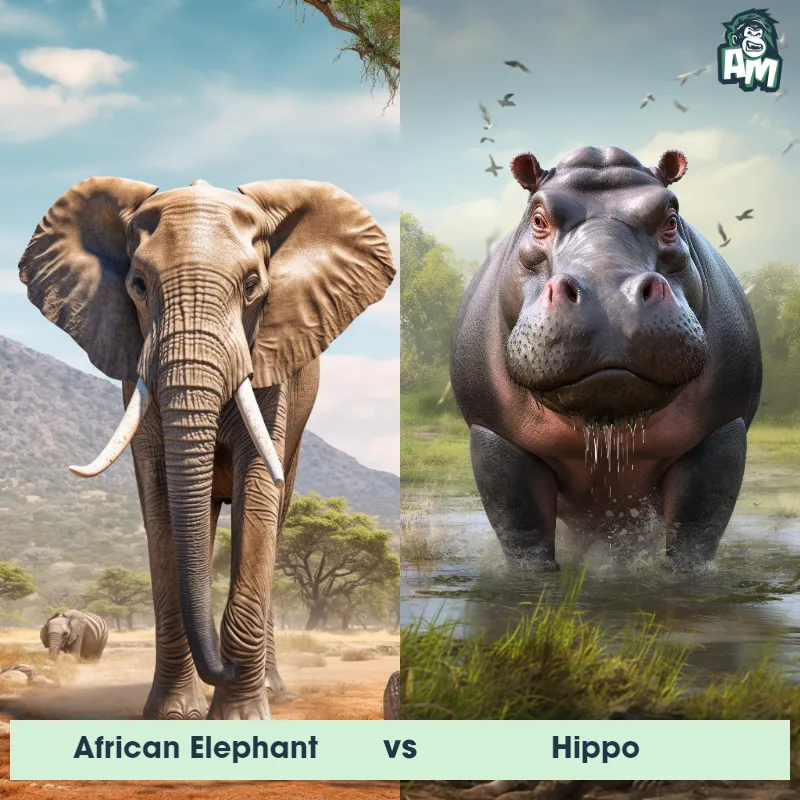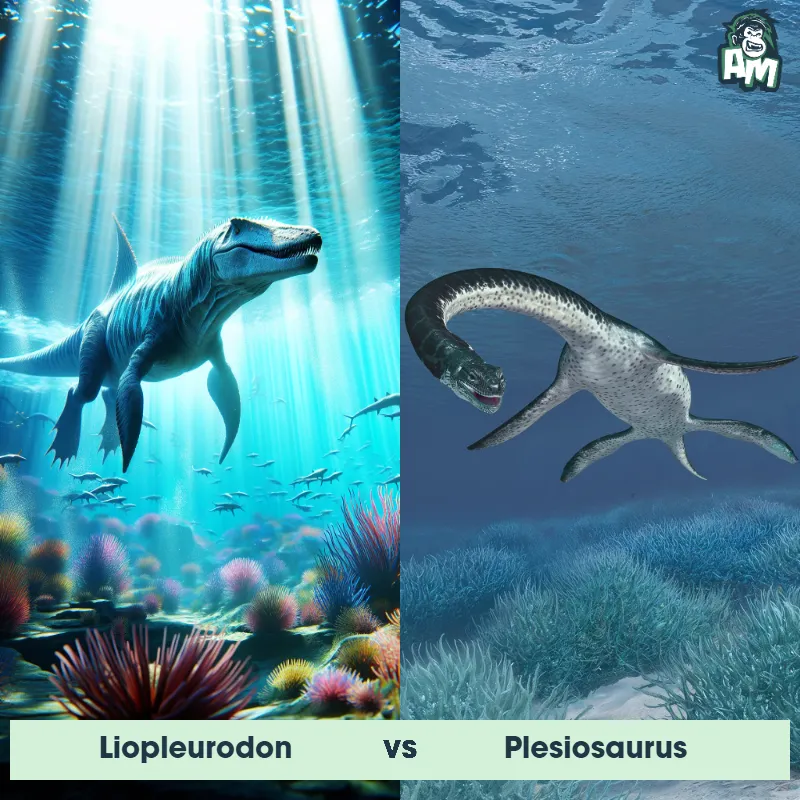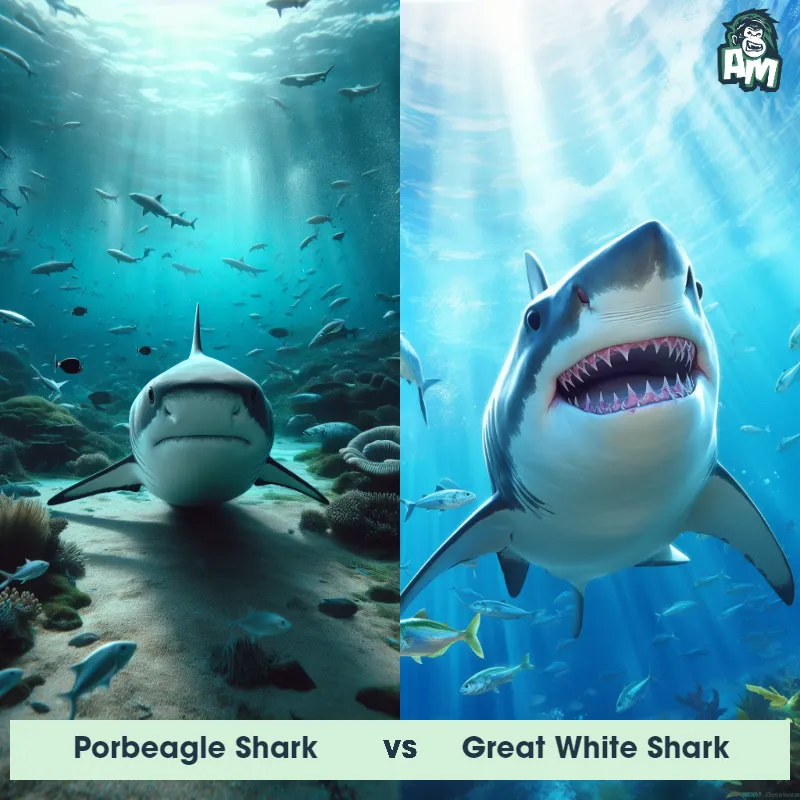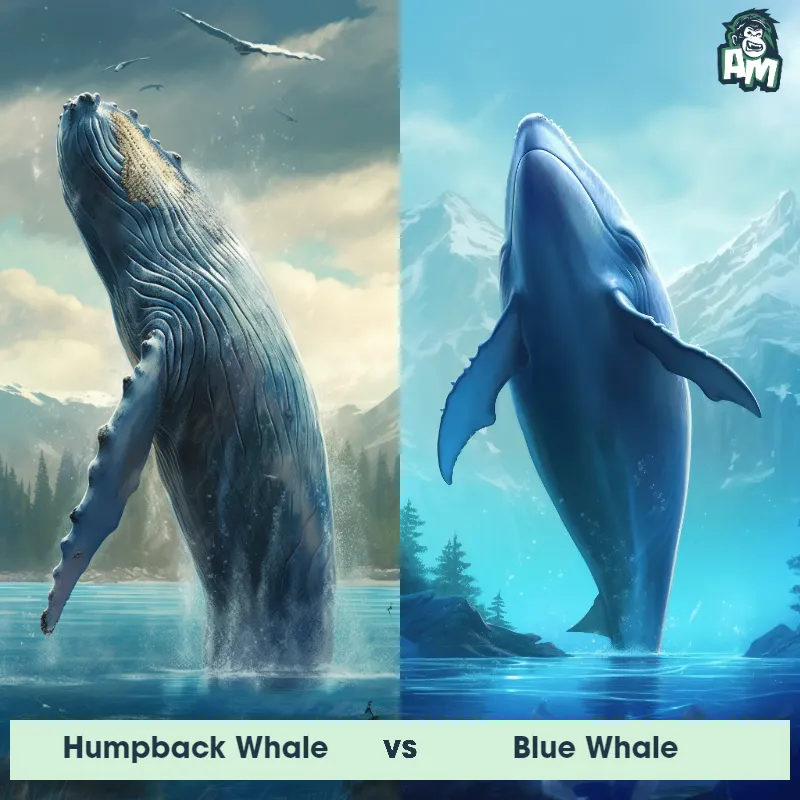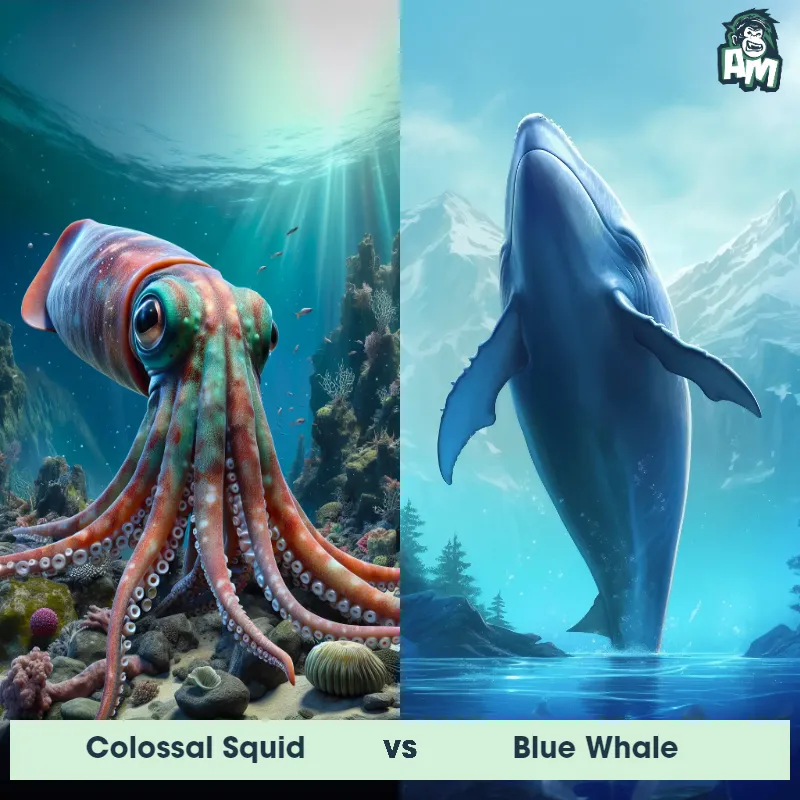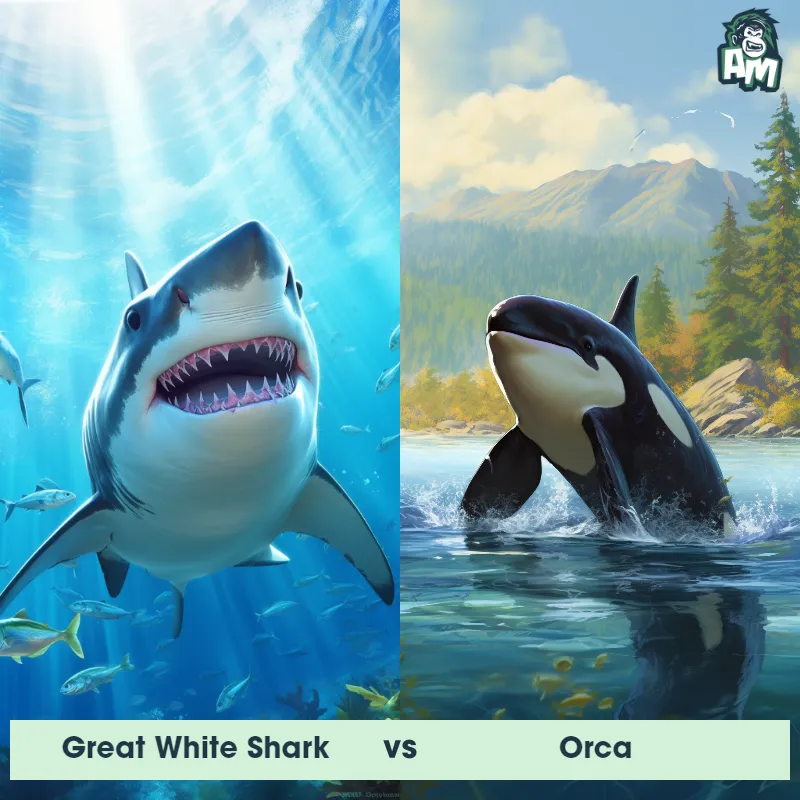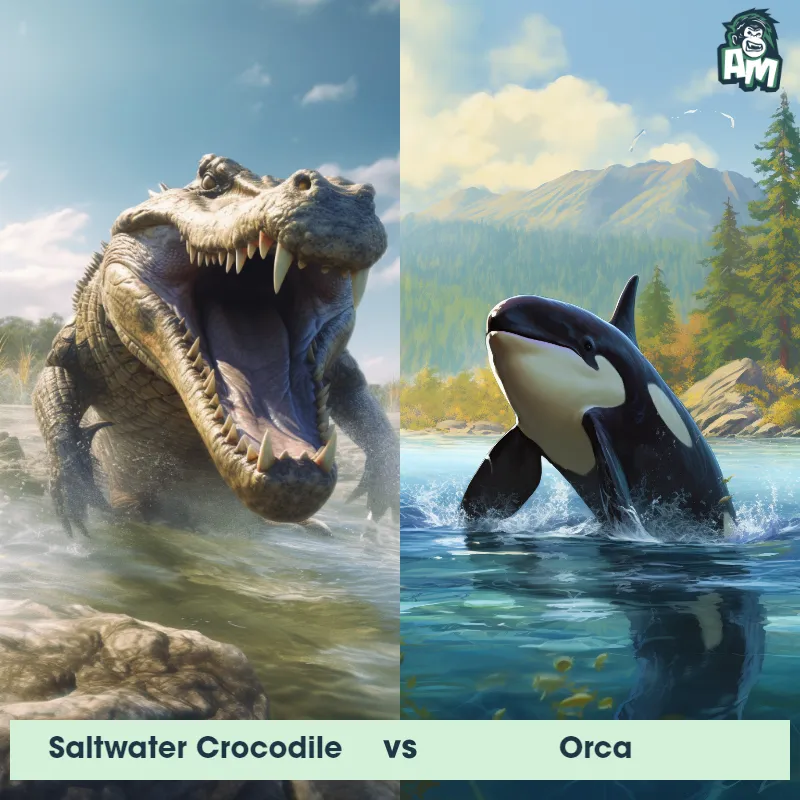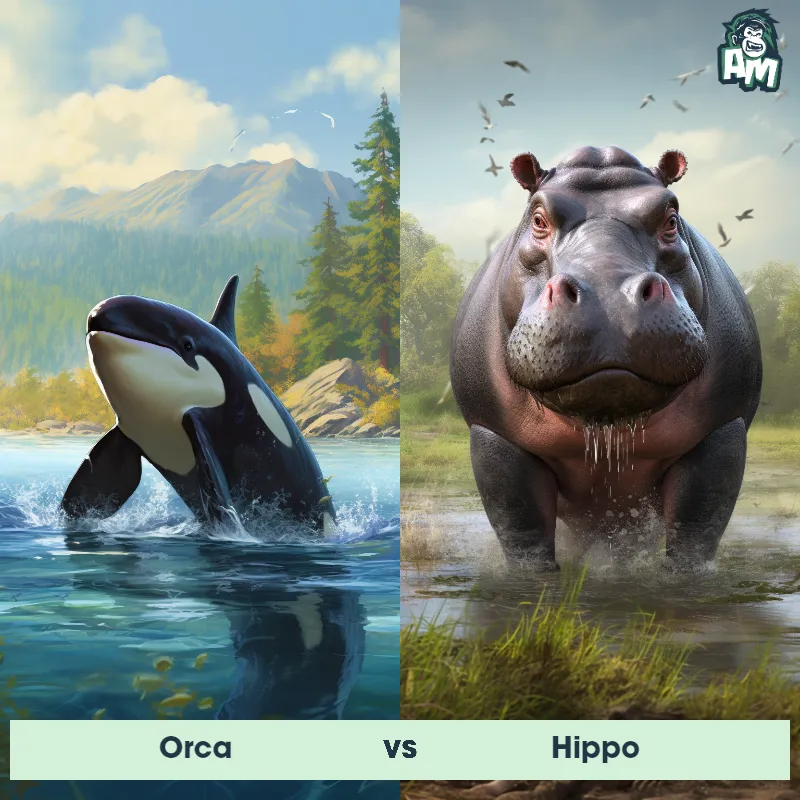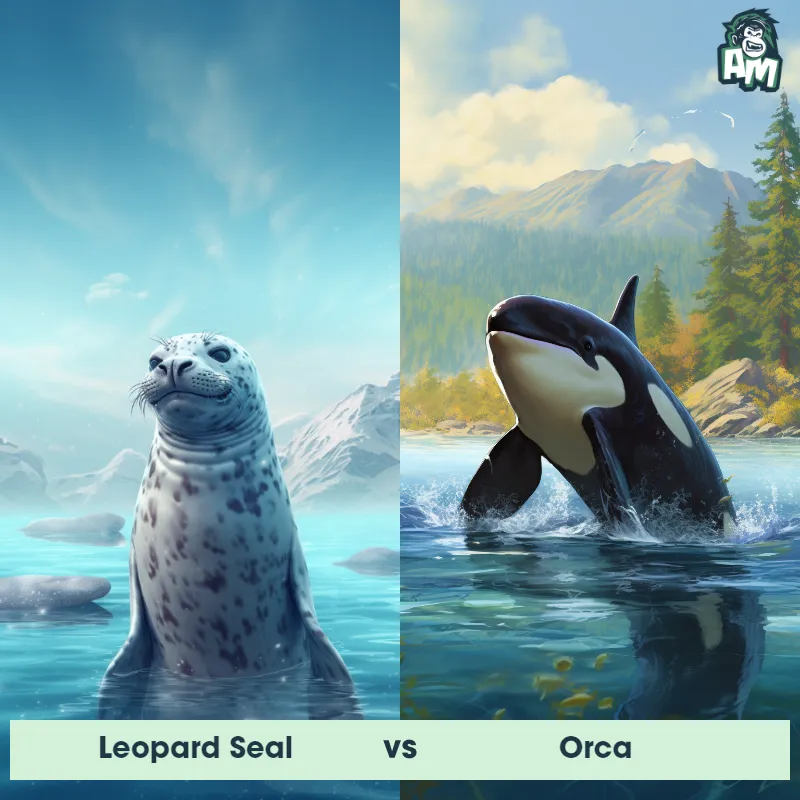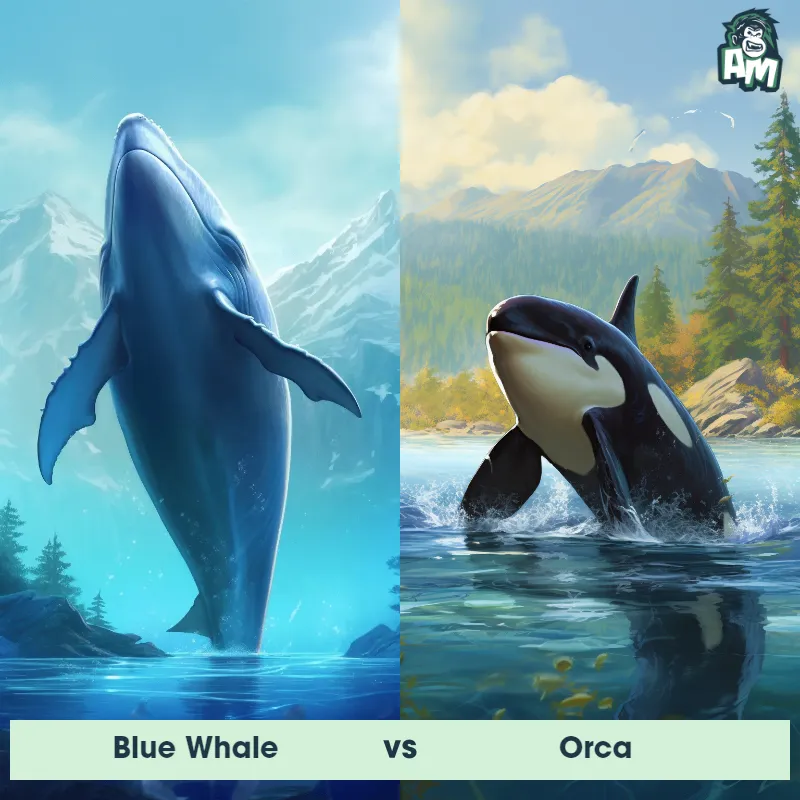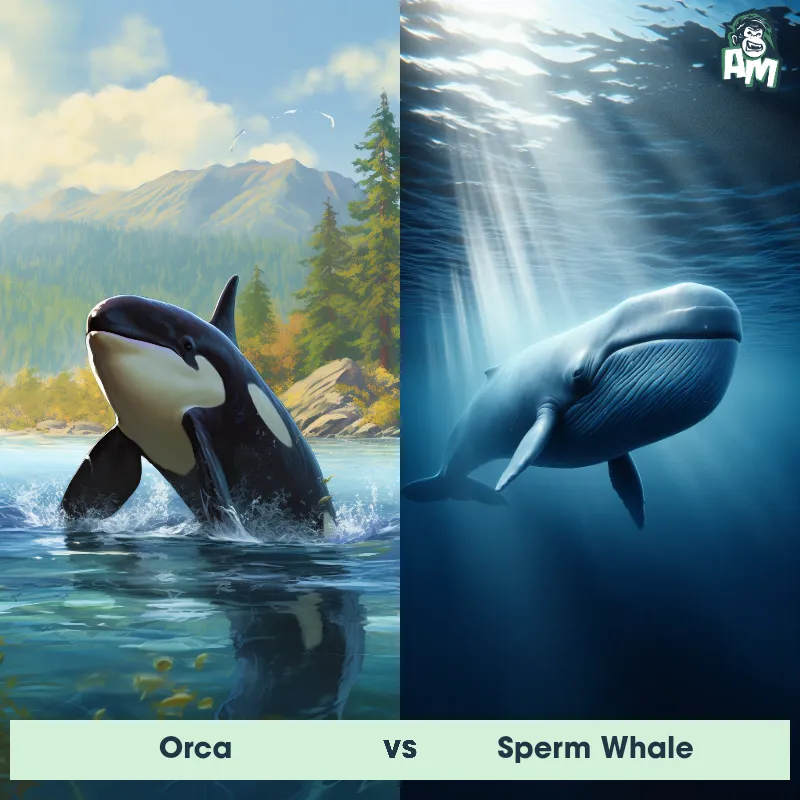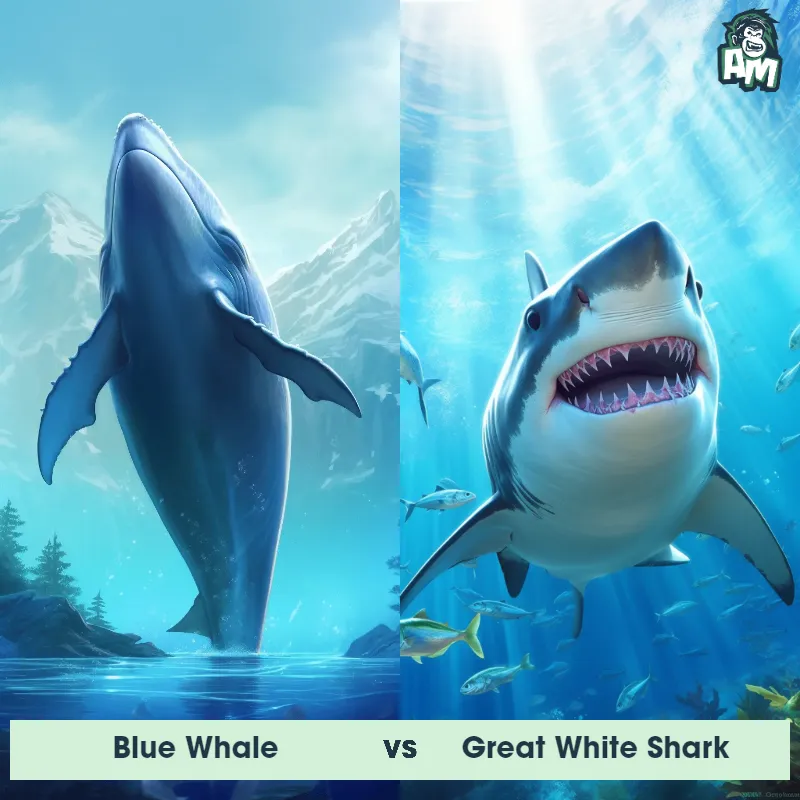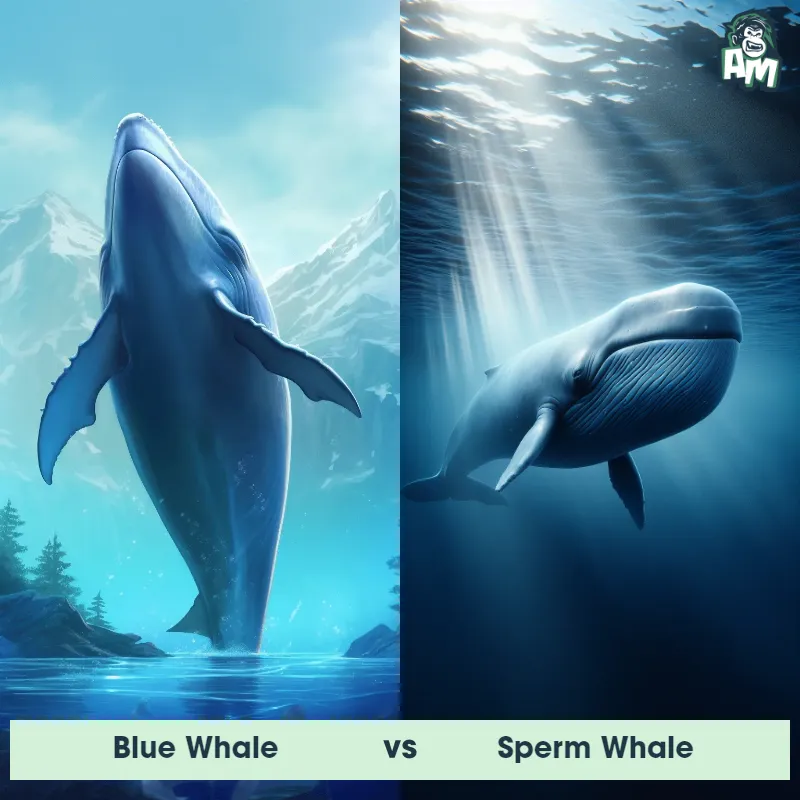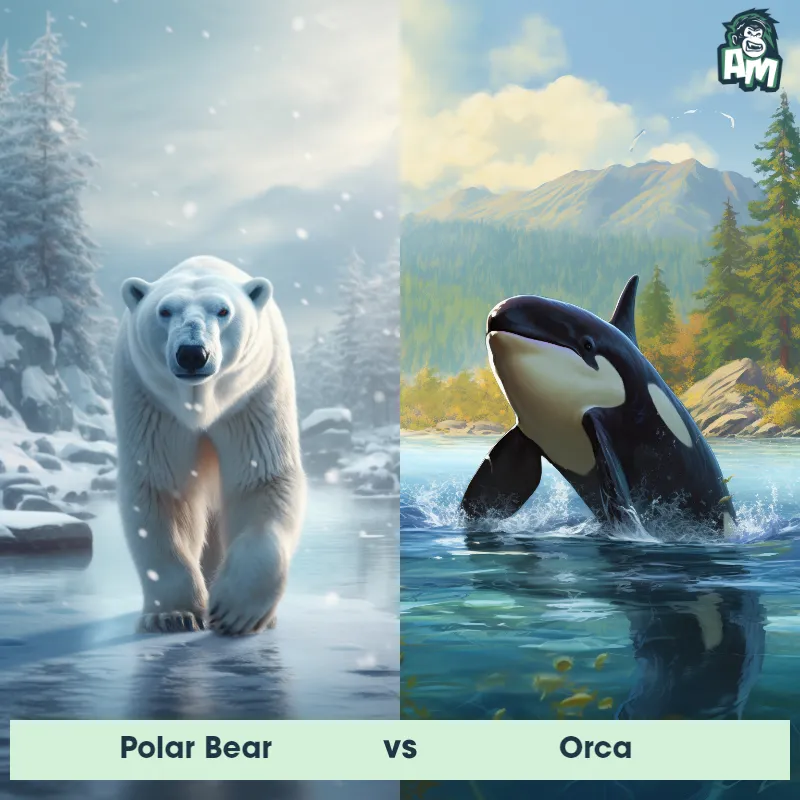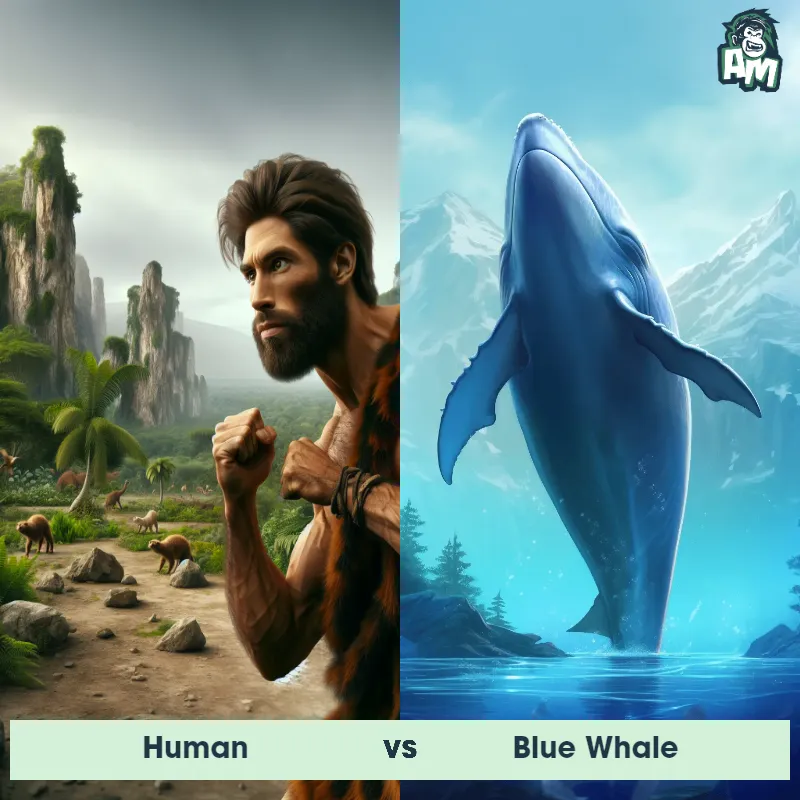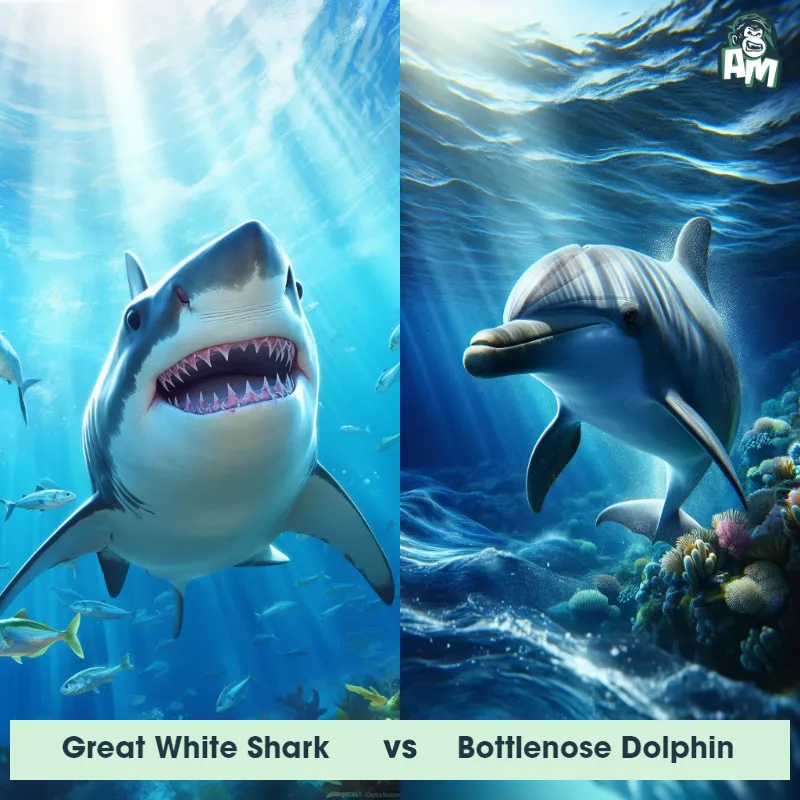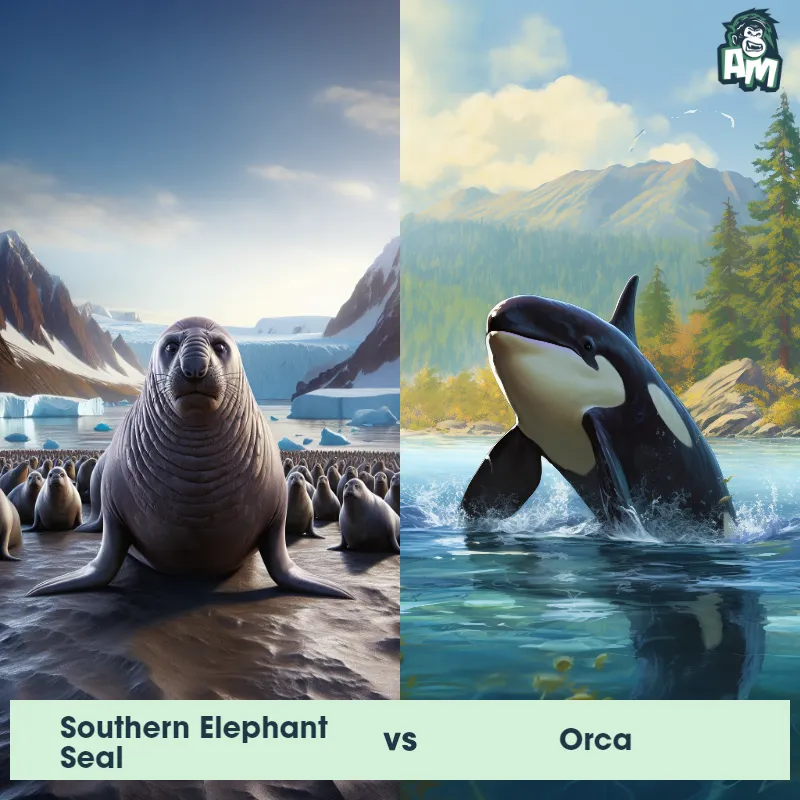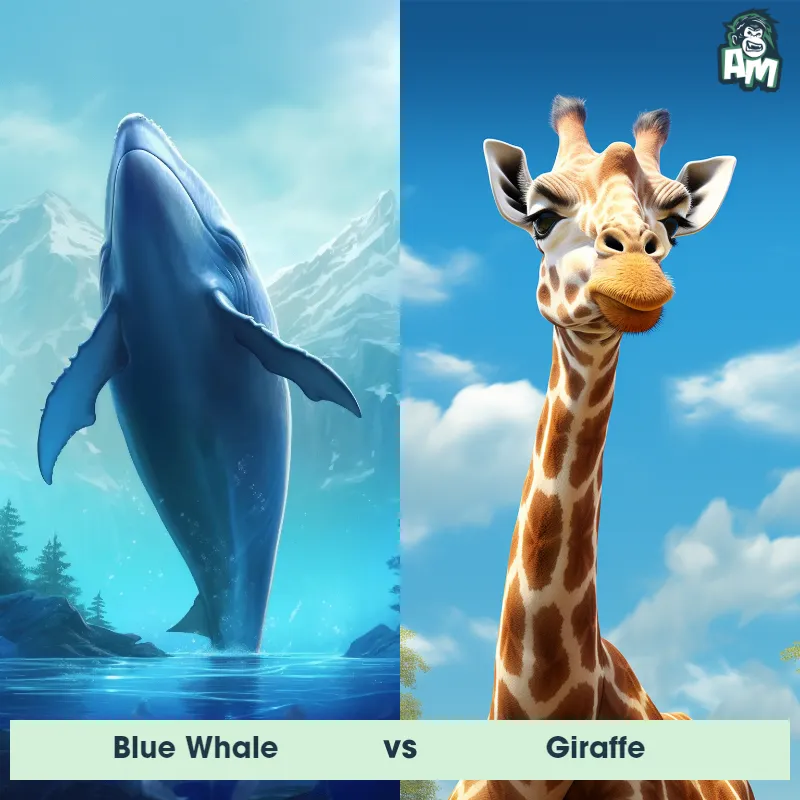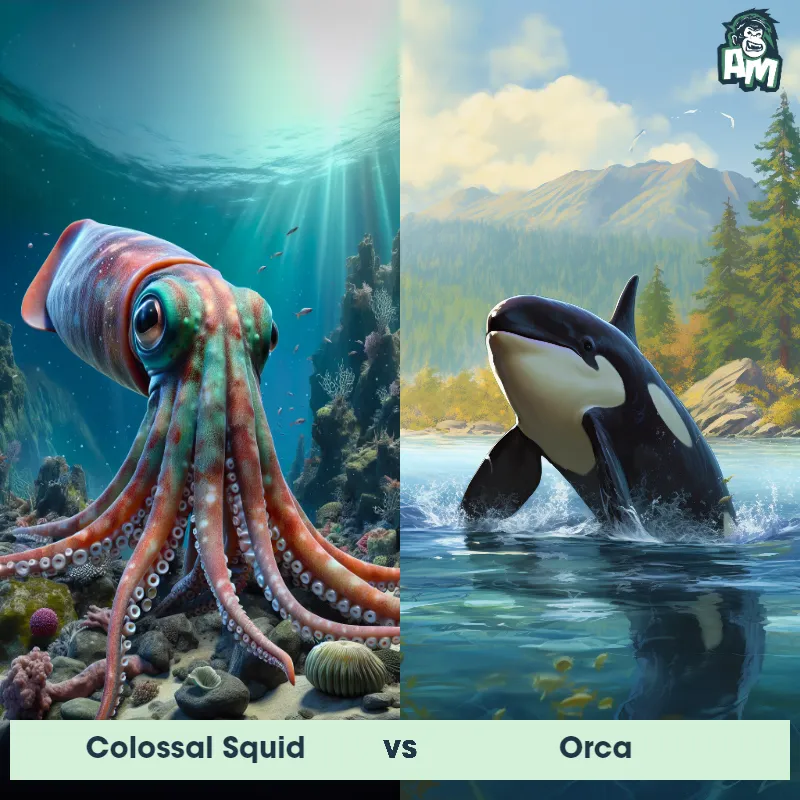Blue Whale vs DolphinSee Who Wins

Ladies and gentlemen, welcome to this highly anticipated matchup between a Blue Whale and Dolphin! We have two marine heavyweights ready to battle it out in the depths of the ocean. Both creatures possess their own unique strengths and skills, making this encounter a true clash of titans. Without further ado, let the fight begin!
Contender 1: Blue Whale
The Blue Whale, also known as Balaenoptera musculus, is the largest animal on Earth, reaching lengths of up to 100 feet and weighing up to 200 tons. They have a long, streamlined body with a bluish-gray color and a small dorsal fin. Their diet consists mainly of krill, which they filter through their baleen plates. Blue Whales are known for their loud, low-frequency vocalizations, which can be heard for hundreds of miles.
Fun Fact: Blue Whales have the largest heart of any animal, weighing up to 1,000 pounds and being the size of a small car.
Contender 2: Dolphin
The Dolphin is a highly intelligent marine mammal known for its playful and sociable behavior. They belong to the family Delphinidae and are characterized by their streamlined bodies, prominent dorsal fins, and bottle-shaped noses. Dolphins have a smooth, rubbery skin that is typically gray with lighter undersides, and they vary greatly in size depending on the species. They are well-known for their acrobatic displays, leaping high out of the water, and riding swells and waves.
Fun Fact: Dolphins have a unique way of communicating and navigating their environment through echolocation, emitting a series of clicks and listening to the echo to determine the location and shape of nearby items.
Matchup Stats
| Blue Whale | Dolphin | |
|---|---|---|
| Size | Up to 100 feet (30.5 meters) | 6-12.5 feet (1.8-3.8 meters) |
| Weight | Up to 200 tons (181 metric tons) | 330-440 lbs (150-200 kg) |
| Speed | Speed: 20 mph (32.19 km/hr) | 22mph (35km/h) |
| Key Strength | None | Intelligence and speed |
| Biggest Weakness | Slow movement | Limited mobility on land |
Current Votes
Blue Whale vs Dolphin
See Who Wins
View More Matches
Looking For More?
Similar Matches
Scientific Stats
| Blue Whale | Dolphin | |
|---|---|---|
| Scientific Name | Balaenoptera musculus | Delphinus delphis |
| Family | Balaenopteridae | Delphinidae |
| Habitat | Open ocean | Ocean and Seas |
| Geography | Worldwide | Worldwide, mostly in shallow seas of the continental shelves |
| Diet | Krill | Fish and Squid |
| Lifespan | 80 years - 90 years | 20 years - 60 years |
Key Differences between Blue Whale and Dolphin
- Body Shape: Blue Whales have long and streamlined bodies with a large, broad head and a prominent ridge along their back, whereas Dolphins have a sleek and agile body, tapering to a tail fin, with a smaller head in comparison to their body size.
- Fin Shape: Blue Whales possess a dorsal fin that is relatively small in proportion to their size, usually measuring around 1-2 feet in height and slightly hooked, whereas Dolphins have a prominent and curved dorsal fin that sits upright on their mid-back, varying in size depending on the species.
- Snout and Rostrum: Blue Whales have a flat, U-shaped snout and a single blowhole located on the top of their head, while Dolphins have a distinct elongated snout called a rostrum, which may vary in size and shape depending on the species, and a single or double blowhole.
- Tail Shape: Blue Whales have a large and powerful tail fluke with a wide span and smooth edges, allowing them to dive and swim efficiently, whereas Dolphins have a similarly prominent fluke, but it is typically more curved and not as wide, enabling them to engage in rapid and acrobatic swimming behaviors.
- Size: The Blue Whale is the largest animal on Earth, reaching lengths of up to 100 feet and weighing up to 200 tons, while Dolphins are significantly smaller, averaging around 6 to 12 feet in length, depending on their species.
- Color: Blue Whales have a bluish-gray or grayish-blue coloration on their upper body, often with mottled or lighter patches, whereas Dolphins are more variable in color, with species like the Bottlenose Dolphin displaying a light grayish color and others, such as the Killer Whale, exhibiting distinct black and white markings.



